Cabin Seasons: Designing Spaces That Change With the Weather
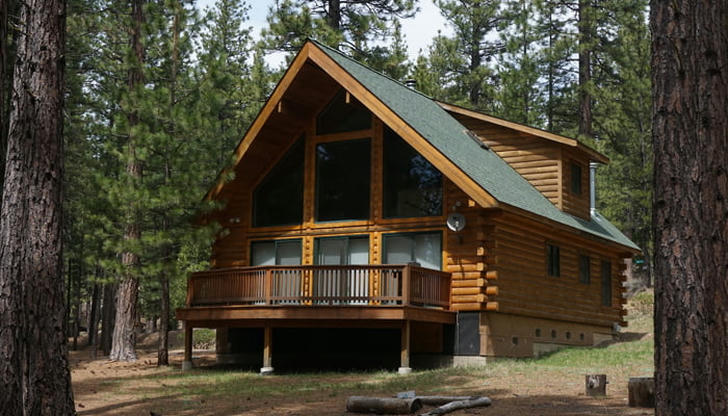
There's something quietly magical about a cabin that feels alive --- a place that doesn't just endure the seasons, but transforms with them. The crackle of a wood stove in January, the sound of rain on the tin roof in April, sunlight spilling through open windows in July, and golden leaves brushing against the porch in October. A truly timeless cabin isn't static --- it's designed to evolve, to breathe with nature's rhythm.
Let's step inside the art (and joy) of designing cabins that change with the weather --- spaces that welcome the cold, the warmth, and everything in between.
1. Winter: Embrace the Warmth and Texture
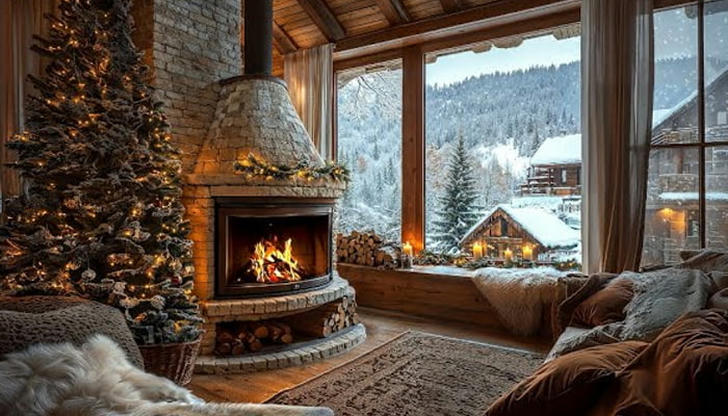
When the air outside bites and snow piles up like soft meringue, a winter cabin should feel like a hug. The secret lies in layering textures and creating thermal comfort --- both physical and emotional.
Think wool throws, shearling rugs, and heavy linen curtains that trap the heat while adding a sense of cocooning. Fireplaces or modern wood-burning stoves become the centerpiece --- not just for heat, but for atmosphere. The glow of firelight makes wood grains richer and shadows softer.
Architecturally, winter-friendly cabins often feature smaller, strategically placed windows to conserve warmth while framing key views --- like a pine forest blanketed in snow. Some designers even incorporate built-in window seats lined with cushions, turning every vista into a cozy retreat.
Tip: Try choosing warm, muted tones --- ochre, chestnut, deep green --- and natural materials like reclaimed wood or stone that hold warmth both visually and thermally.
2. Spring: Let the Outdoors In
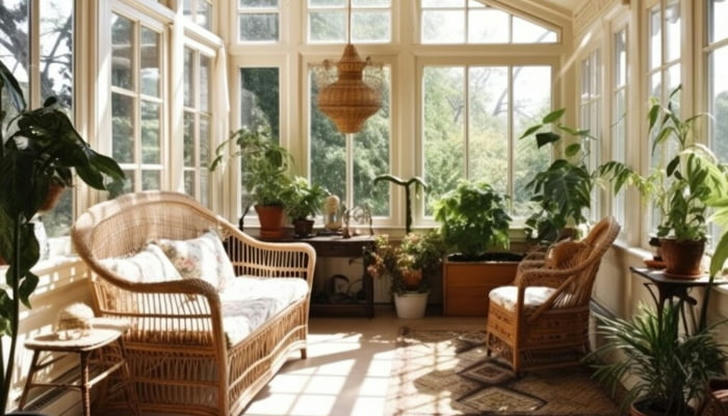
When winter melts away, a cabin should stretch and breathe again. This is the season to blur the line between indoors and outdoors.
One of the best ways to do that? Sliding glass doors or retractable walls. They transform a living space into an open-air pavilion with one smooth movement. Suddenly, the forest floor, the birdsong, and the scent of damp earth become part of the interior experience.
To capture spring's freshness, designers often favor lighter woods, whitewashed walls, and airy textiles. Adding indoor plants --- or better yet, growing herbs in kitchen planters --- reinforces the sense of renewal.
Lighting plays a big role too: trade the soft amber glows of winter for natural daylight that floods in, and use reflective surfaces like pale stone or glass to scatter it throughout the space.
Design idea: Install a screened porch or a greenhouse-style dining nook. It's the perfect in-between --- you can sip your morning coffee with open windows, listening to rain without getting wet.
3. Summer: Open, Airy, Effortless
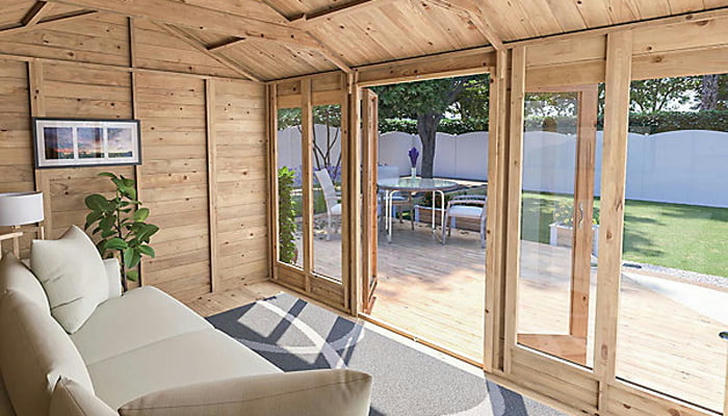
Summer cabins are all about ease and lightness --- spaces where sand on the floor doesn't matter and open doors invite breezes to dance through.
Architecturally, this means prioritizing cross ventilation, shade, and outdoor living areas. Wide eaves or pergolas provide protection from the sun, while ceiling fans and high clerestory windows encourage airflow. Some of the best summer cabins use natural materials that age gracefully in the heat --- think cedar shingles that silver in the sun, or woven rattan furniture that looks right at home on a breezy deck.
Inside, swap heavy winter fabrics for cotton, jute, and linen. Store away the thick blankets, roll up the rugs, and let the cabin breathe.
Try this: Create a summer kitchen --- an outdoor grill station or a covered cook area with string lights --- so you can cook, eat, and linger outside. Add a hammock nook or daybed by the window for those lazy afternoon naps.
For cabins near lakes or woods, even simple additions --- an outdoor shower, a dock bench, or a screened sleeping loft --- turn the space into a summer sanctuary.
4. Autumn: The Season of Texture and Glow
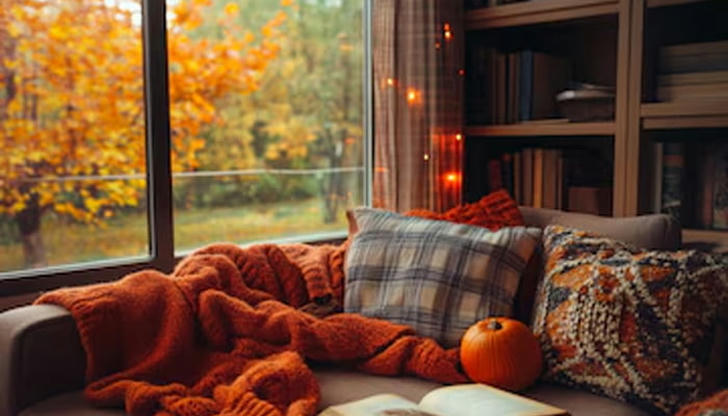
As the air cools again and days grow shorter, the cabin can shift back toward warmth and richness --- but not as heavy as winter. Autumn is about transition: balancing coziness with openness.
This is the time to bring out the amber glassware, woven baskets, and rustic ceramics. If you've been using bright linens all summer, now's the time to layer them with textured throws and cushions. Introduce autumnal accents --- dried grasses, copper fixtures, even an arrangement of fallen leaves in a vase.
Lighting becomes essential: use warm, layered light sources like table lamps, sconces, and candles instead of a single overhead fixture. That golden glow mirrors the season's fading sunlight and creates an atmosphere of calm reflection.
Architecturally, cabins designed for year-round life often include flex spaces --- porches that can be enclosed with glass panels or modular furniture that shifts with the season. That's the beauty of a cabin that changes: it adapts like the forest around it.
Designing for the Seasons: The Philosophy
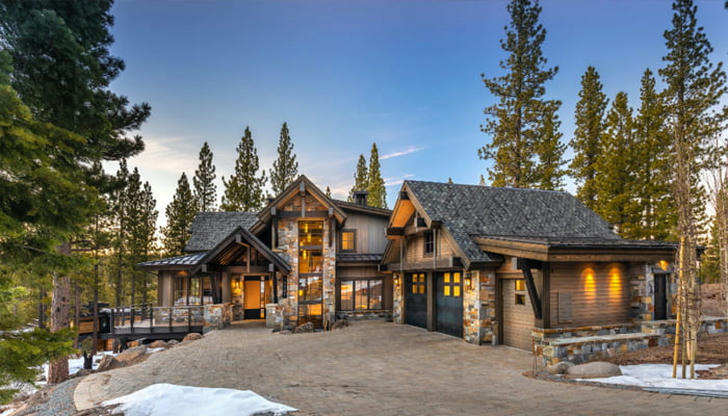
At the heart of "cabin seasons" design lies a simple truth: we crave harmony with nature. A good cabin doesn't resist change; it celebrates it. By letting natural rhythms shape materials, layout, and light, a cabin becomes more than a structure --- it becomes an ecosystem.
So whether your cabin sits by a mountain stream or a suburban backyard, design it to respond. Use natural materials, flexible spaces, and seasonal rituals --- the first fire of winter, the first meal on the summer porch. These moments are what transform a building into a living companion through time.
Because when your cabin changes with the weather, it doesn't just reflect nature --- it reminds you that you're part of it.
